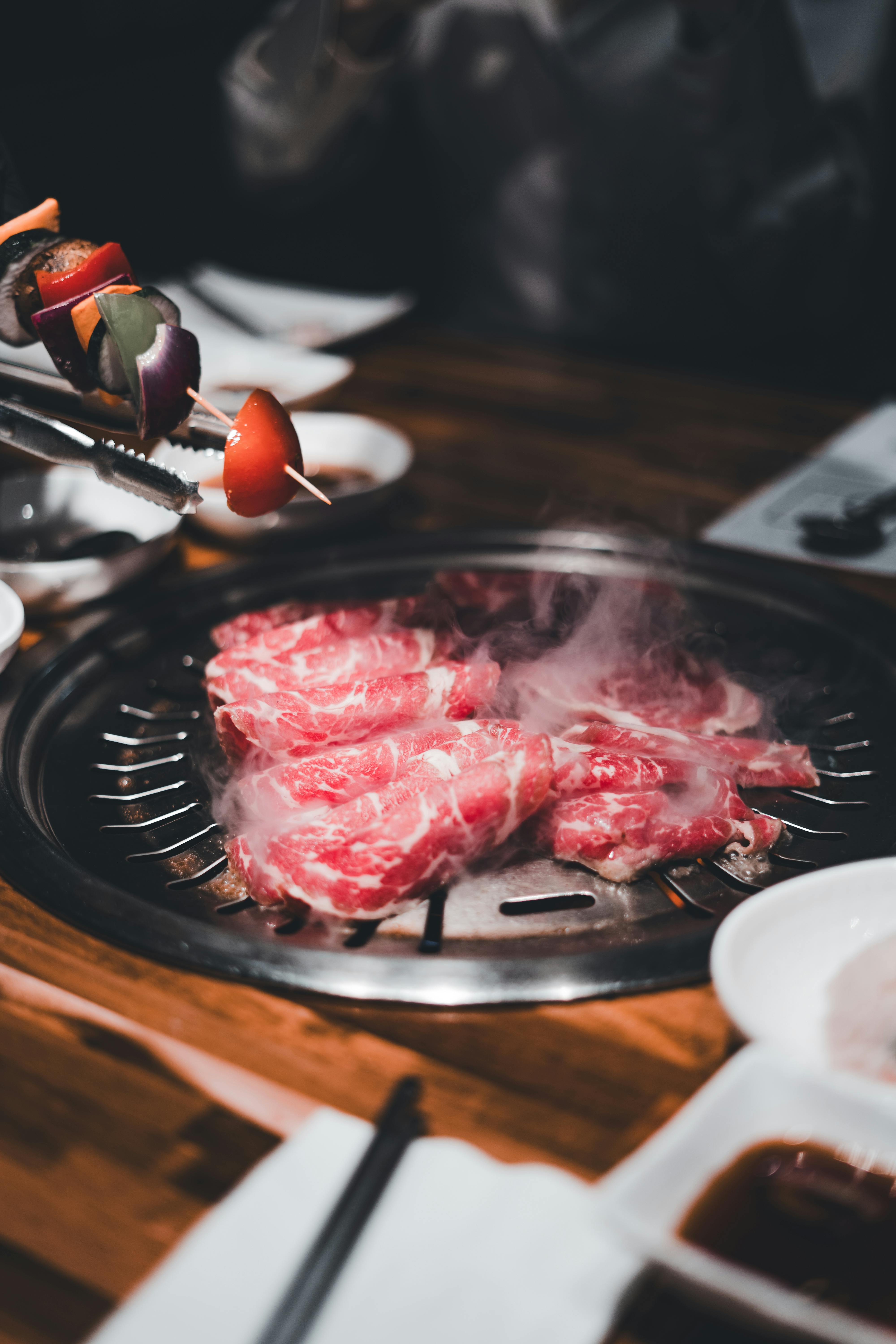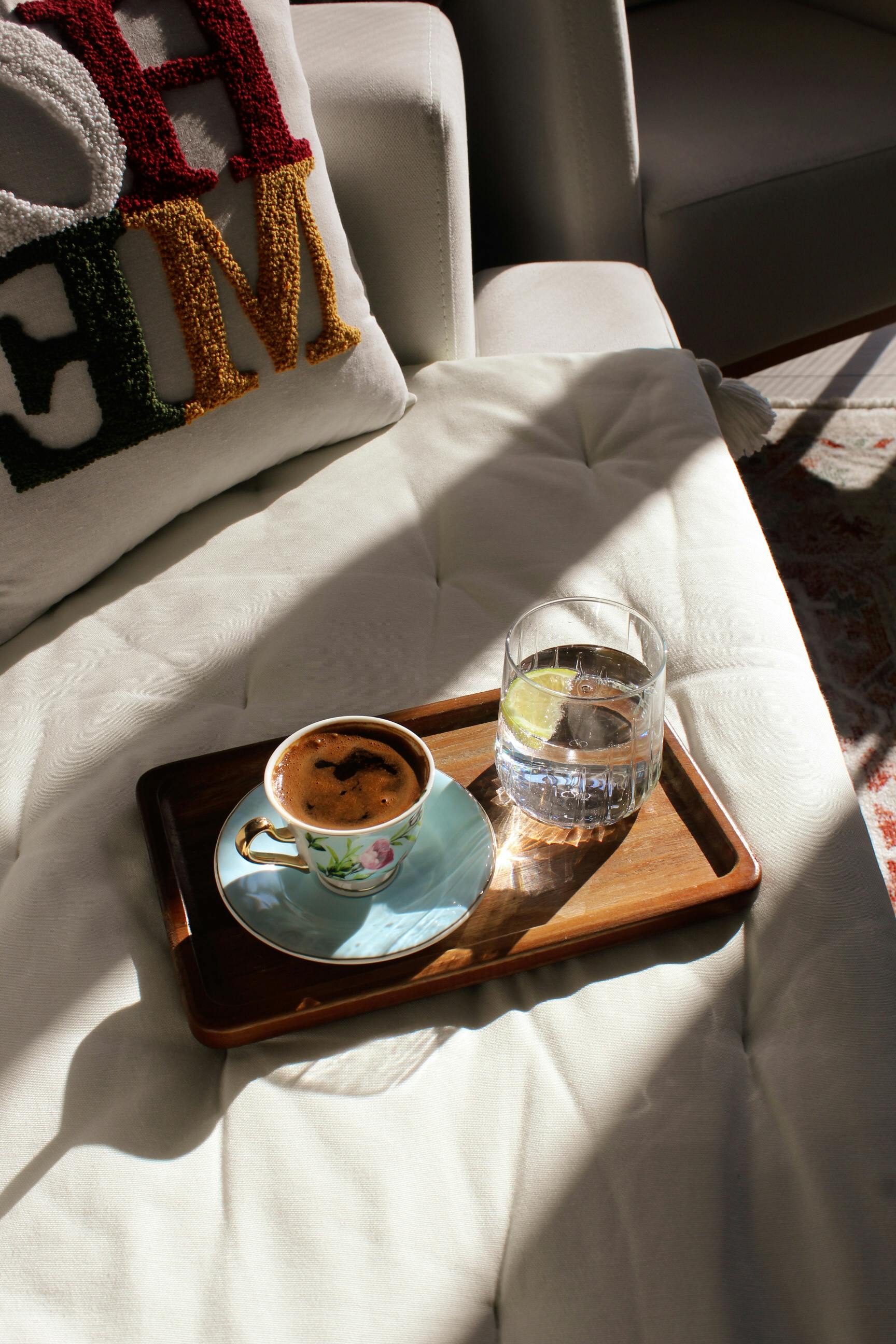
How to Properly Fry Pork Chops with Flour for a Crispy Finish
Pork chops are a versatile and flavorful option for any meal, but mastering the art of frying them to crispy perfection can be a challenge. Learning how to fry pork chops using seasoned flour can create a delightful dish that's golden brown on the outside and juicy on the inside. This guide will explore the best frying techniques, optimal frying methods, and tips to ensure you achieve tender, flavorful pork chops every time.
Understanding the importance of oil selection and frying temperature is crucial for perfect results. We'll also discuss various pork chop recipes, including marinated options that can enhance flavor. Additionally, you'll find practical advice on kitchen safety, time management in cooking, and how to avoid common mistakes when frying.
By the end of this article, you'll be equipped with the knowledge to serve up beautiful, crispy pork chops that can impress anyone at your dinner table.
Essential Ingredients for Frying Pork Chops
Before diving into the frying process, let's gather our essential ingredients. You'll need:
- Pork chops (bone-in or boneless)
- All-purpose flour for dusting
- Seasonings (salt, pepper, and any additional herbs you prefer)
- Frying oil (vegetable oil, canola oil, or any preferred oil for frying)
Using seasoned flour to coat your pork chops before frying is a key technique that enhances flavor and provides that desired crispy finish. Simply mix flour with your chosen seasonings, and you're ready to go!
Frying Techniques to Achieve Perfect Pork Chops
Understanding the frying techniques can dramatically change your outcome. For frying methods, pan-frying is an excellent choice for achieving that crispy, golden-brown crust. Make sure to:
- Preheat your skillet over medium-high heat.
- Add enough oil to cover the bottom of the skillet.
- Allow the oil to reach the ideal frying temperature (around 350°F).
Regularly check the temperature when frying to ensure optimal cooking doneness and avoid greasy chops. Remember, a hot skillet ensures the pork sears quickly, maintaining moisture and flavor!
Cooking Pork Chops - Timing is Everything
Cooking time varies based on the thickness of your pork chops. A general rule is:
- For 1-inch thick bone-in pork chops, cook for about 6-7 minutes per side.
- For boneless chops, reduce the time slightly.
An essential step is using a meat thermometer to check for an internal temperature of 145°F to guarantee juicy pork chops without overcooking.
How to Prepare Pork Chops for Frying
Before frying, it's crucial to prepare your pork chops properly for the best results. Here’s a basic rundown on how to season pork and get them ready for the pan.
Marinating and Seasoning for Enhanced Flavor
Marinating pork chops can significantly enhance flavor. Use a simple mix of oil, vinegar, garlic, and your favorite herbs to create a flavorful marinade. Allow the chops to marinate for at least 30 minutes, or even overnight for maximum flavor infusion. For those who prefer dry seasoning, a blend of salt, pepper, paprika, and garlic powder works wonders!
Coating Techniques for Crispy Finish
Next, it’s time to coat your chops thoroughly in seasoned flour. Here's how:
- Take the marinated pork chops out of the marinade and allow excess liquid to drip off.
- Dip each chop in the seasoned flour, ensuring an even coverage.
- Shake off any excess flour.
This preparation ensures that the coating sticks during frying, leading to a deliciously crispy crust.
Choosing the Right Cooking Equipment
For frying, selecting the proper kitchen tools is key. A heavy skillet or frying pan is ideal as it helps to retain heat and achieve an even cooking temperature. Non-stick skillets can also work well for pork chops, facilitating easy flipping and cleanup.
Frying Alternatives: Exploring Cooking Methods
While pan-frying is a popular option, other techniques can yield tasty results. Let's explore different frying alternatives, ensuring you find the method that suits your kitchen style.
Deep Frying Pork Chops for Extra Crispiness
If you're after an ultra-crispy finish, deep frying pork chops is an option to consider. In this method, the pork chops are fully submerged in hot oil, creating a crunchy crust around the meat. Ensure you maintain the frying service temperature while monitoring the cooking time to avoid greasy outcomes!
Oven-Frying as a Healthier Option
For those seeking a healthier alternative, oven frying provides crispy results without excess oil. Coat the pork chops as previously described, then place them in a preheated oven at 400°F for about 25-30 minutes, flipping halfway. This method retains flavors while utilizing less oil.
Air Frying: A Modern Twist on Cooking
In recent years, air frying has gained popularity for its ability to produce crispy textures with minimal oil. Preheat your air fryer, lay seasoned pork chops in a single layer, and cook for approximately 12-15 minutes at 375°F. This technique yields tender pork chops while keeping them light and low in fat.
Pork Chop Presentation and Serving Suggestions
After preparing delicious pork chops, consider how to serve them for visual appeal and flavor enhancement.
Accompanying Side Dishes
Pair your pork chops with complementary side dishes to create a well-rounded meal. Classic options include:
- Mashed potatoes infused with garlic and herbs
- Sautéed green beans or broccoli, lightly seasoned
- Fresh salad with a tangy vinaigrette
These pairings add freshness and texture to balance the richness of fried pork chops.
Garnishing for Visual Appeal
Enhance presentation by garnishing your pork chops with fresh herbs, lemon wedges, or a drizzle of balsamic glaze. A visually pleasing plate can heighten the dining experience for guests.
Storing Leftovers and Reheating Tips
Should you have any leftovers, store them in an airtight container in the refrigerator. Reheating in the oven is preferable for maintaining crispiness. Avoid microwaving, as it can lead to soggy chops. Aim to reheat at around 350°F until warmed through.


Q&A Section: Common Questions About Frying Pork Chops
How can I ensure my pork chops remain juicy when frying?
To keep your pork chops juicy, avoid overcooking. Use a meat thermometer to monitor the internal temperature, aiming for 145°F. Also, marinating helps in locking moisture.
What frying oil is best for pork chops?
Neutral oils with high smoke points, like canola or vegetable oil, are ideal for frying. These oils withstand high temperatures without imparting strong flavors.
Can I cook frozen pork chops using these methods?
While it's best to thaw pork chops for even cooking, you can fry frozen chops. However, increase cooking time and check frequently for doneness.
By following these tips and techniques, you can achieve perfectly fried pork chops with a crispy coating and delicious flavor every time.